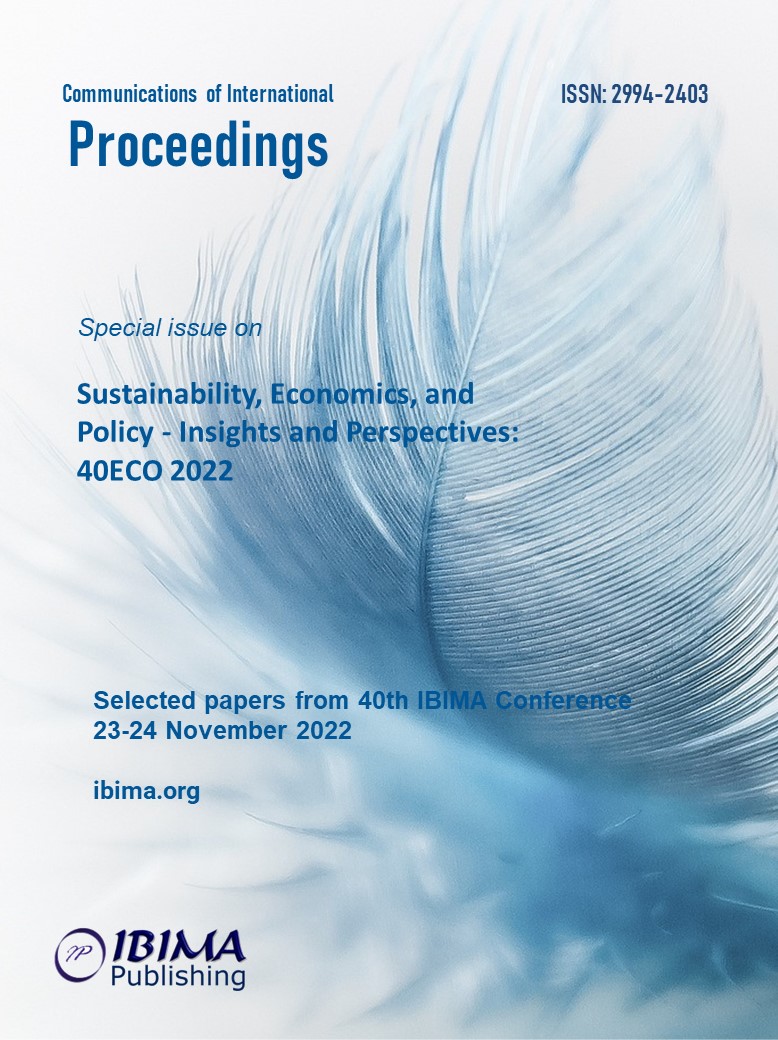
Irena SZAROWSKÁ
Silesian University in Opava, School of Business Administration in Karvina, Czechia

The paper is focused on development of government expenditure, changes in its structure in the Visegrad countries. The aim is to research the relationship between government expenditure and economic growth and a direction of influence between variables in individual Visegrad countries in the period 2000-2020. GDP time series are cyclically adjusted as well as annual data on government expenditure which are used in compliance with the COFOG international standard. The results show similarities in the structure of government expenditure in the Visegrad group despite the existing differences in the size of the public sector in individual countries. On the other hand, the cyclicality of government expenditure differs across the countries. The results suggest that countries of the Visegrad group did not use government expenditure as a stabilizer in the monitored period. Government expenditure was acyclical in Slovakia and procyclical in other Visegrad countries. Applied Granger causality methodology provides mixed conclusions about the relationship between government expenditure and economic growth. Anyway, unidirectional Granger causality from GDP growth to government expenditure and its divisions predominates, what means that economic growth comes first followed by government expenditure.